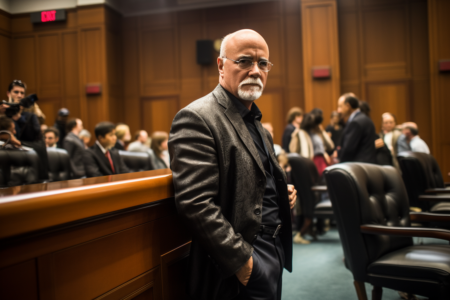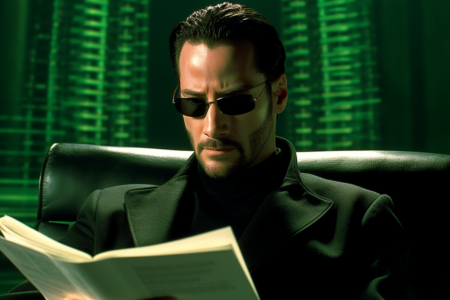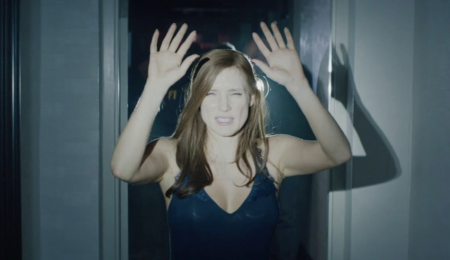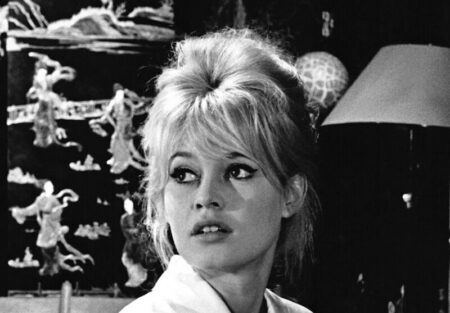A Few Good Men: The Story
A Few Good Men is one of the most famous military courtroom thrillers, this film tells the story of LT Daniel Kaffee. He’s a rookie lawyer in the Navy faced with a significant task – he must defend two Marines who stand accused of murdering another. The mysterious death of PFC William Santiago is shrouded in controversy, as it becomes apparent during investigations that Santiago was demanding a transfer or threatening to reveal compromising information over the head of his commander, Colonel Jessup. A ‘Code Red’ was declared as a result – an extreme hazing which isn’t legal, and Santiago died.
The Marines are trying to cover up the case and make it go away quietly, hence assigning it to Kaffee, who has a reputation for being inept and lazy. He is known for opting for plea bargains rather than taking a case to court. However, LT Commander Jo Galloway wants a different outcome, warning Kaffee that if he doesn’t battle in court, Jessup will literally get away with murder.
- Directed by: Rob Reiner
- Run time: 2 hrs 18 min
- Release date: 1st January 1993
- 15 certificate
- Starring: Tom Cruise, Jack Nicholson, Demi Moore
Did You Know…
The word ‘sir’ is used 164 times in total throughout the course of the film. That’s an average of once every 50 seconds!
Editing and Sound Design
A Few Good Men has become famous over the years for its iconic courtroom scenes and the much-repeated line ‘You can’t handle the truth!’. And the tense nature of this battle between good and evil is embodied in the clever editing style.
Framing is used to shape the audience’s perception of each character, with shots of Jessup framed by Kaffee’s shoulder or shot from above, while Kaffee is shot from beneath and with wider angles, making him appear the more dominant character despite Jessup’s senior ranking. Progressively tighter shots ramp up the tension during key scenes, really setting up the battle between truth and lies that is taking place in the film.
The film also features a stirring soundtrack typical of it’s early 90s provenance, featuring tracks from UB40 and Patty Loveless, alongside the pomp and drama of John Phillip Sousa’s ‘Semper Fidelis’.

The Set
The action takes places between a traditional courtroom scene and the sweeping drama of naval settings. Despite most of the key scenes taking place in a staid legal environment, the cutting and framing keeps the set pieces looking fresh and the pace of the action moving along swiftly.
A Few Good Men: The Cast
Tom Cruise is perfectly cast as the laconic lawyer with a big family legacy to live up to, while Jack Nicholson as Jessup and Kevin Bacon as the opposition lawyer turn in the compelling performances they have built their careers on.
Audiences were somewhat confused by the inclusion of Demi Moore as Galloway. Although it’s a nice twist on convention that Galloway and Kaffee don’t fall into each others arms – instead she teachers and mentors him without any romantic entanglement – the obvious attractiveness of each makes it hard to believe there would be no sexual tension at all, leading some audiences to question whether Galloway was originally written as a male role and changed to female to placate test audiences.
The case in A Few Good Men really shines in its supporting roles. In particular, one the accused, played by Wolfgang Bodison, perfectly embodies a struggle between duty and what the Marines stand for and the conscience. But selecting actors who nail these smaller but complex parts, the film gains a rich nuance to its drama.
Action Sequences
Most of the excitement derives from the courtroom, despite its action-worthy subject material in the Marines. And it’s a testament to the clever way that the film is put together that audiences were completely absorbed with the quick-fire feeling of these key scenes.
Have you seen Mac’s Review of The Dictator starring Sacha Baron Cohen?
The Finale
A Few Good Men is a film that resonates in the mind of the audience long after they have finished watching, asking the big questions about truth, duty and justice that speak to our ethical foundations. By showing the complex interactions of light and shadow in all of the characters, the film raises the question; is justice ever just black and white? Who is the real villain of the piece?
The lead actors deliver their roles with an intensity that draws audiences completely into the dialogue and intense pressure of a high-stakes courtroom atmosphere. A sense of duty, honor and what sacrifices it might take in the course of keeping a nation sleeping safely at night is a fascinating question that is played out well in this classic courtroom drama, which sees Kaffee secure a dishonorable discharge for the offending Marines, and in the process, find his own courage and valor.





